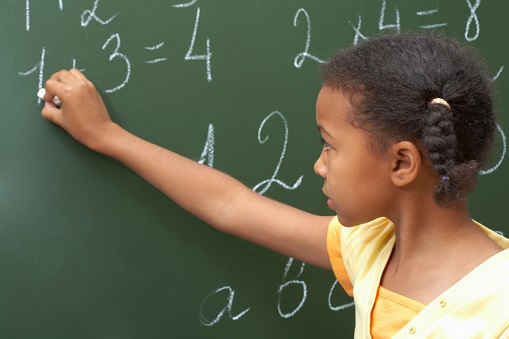
In maths, the proportion of high performers in PISA has halved to 11% over the past 14 years, and low performers outnumber high performers two-to-one.
As public alarm over these results has grown, discussions have focused on the need to strengthen not just student learning in maths but the ability of teachers to drive greater engagement in this crucial discipline.
Below, The Educator speaks to Rebekah O’Flaherty, CEO & Executive Director at 3P Learning – the organisation that runs the Mathletics program – to find out how schools should address declining maths outcomes in 2018.
TE: Looking at the maths tools and resources available to Australian K-12 educators in the year ahead, how well equipped do you expect schools will be to reverse students’ declining outcomes in this important subject?
RO: Australian educators have unprecedented access to a wealth of digital resources. They can spend hours of preparation time searching for effective material to support them in improving mathematics outcomes for students. Mathletics is a proven, comprehensive and flexible learning tool that is aligned to the Australian Curriculum. Schools must be willing to invest in quality mathematics tools to ensure that teachers spend their valuable time on the most important aspects of education. Teachers need timely data to determine the strengths and weaknesses of their students. In the hands of a skilled educator, Mathletics can provide all the tools needed to support successful learning, both in the classroom and beyond.
TE: Other than gamification, are there any methods you feel are particularly effective in improving students’ maths outcomes?
RO: The World Economic Forum estimates that 65% of children today will end up in careers that do not yet exist. It is therefore imperative that schools encourage self-directed learning and create opportunities for creativity and problem solving to equip students with the mathematics skills they require for an uncertain future. Such innovation must be coupled with a logical and cohesive approach to curriculum delivery which allows time for students to consolidate and apply their understanding. Timely and relevant feedback is an essential component of effective teaching and therefore improving student outcomes. In association with this, students need to understand that making mistakes is beneficial to their learning. They need to develop a growth mindset for mathematics by seeing the tangible benefits of their efforts. This contributes to a resilient and positive attitude towards learning. Mathletics places control of their learning in the hands of the student and provides instant feedback and support. Importantly, it maps progress in a clear and motivating format.
TE: Can you share some words on what 3P Learning is doing to help schools improve maths outcomes in 2018?
RO: Through our flagship product, Mathletics, 3P Learning provides schools with a comprehensive mathematics tool that presents thorough content, encourages practise of core concepts, explores creative thinking with rich tasks and gives motivating, formative feedback and assessment for both students and teachers.
Mathletics promotes self-directed learning and a growth mindset. Students are encouraged to repeat activities within the program to improve their outcomes and level of understanding. They are also given the responsibility for their progress through the Mathletics content. Instant feedback is provided to students through results and the support function in activities. At 3P Learning, we understand the value of reliable data to direct future learning. Therefore, Mathletics gives teachers formative assessment data that is easily accessible in order to personalise and differentiate learning experiences for students. In 2018, Mathletics will release new tools to bolster number sense for Years K–2 and support students in Years 3–6 to develop confidence and fluency in multiplication facts. Through a new range of videos, apps, games, printables and stories, teachers can access blended learning tools to support them in providing clear mathematics teaching and learning opportunities for their students.
Related stories:
Gamifying maths is showing promising results
New maths resource expands nationally
How to make maths fun and engaging


